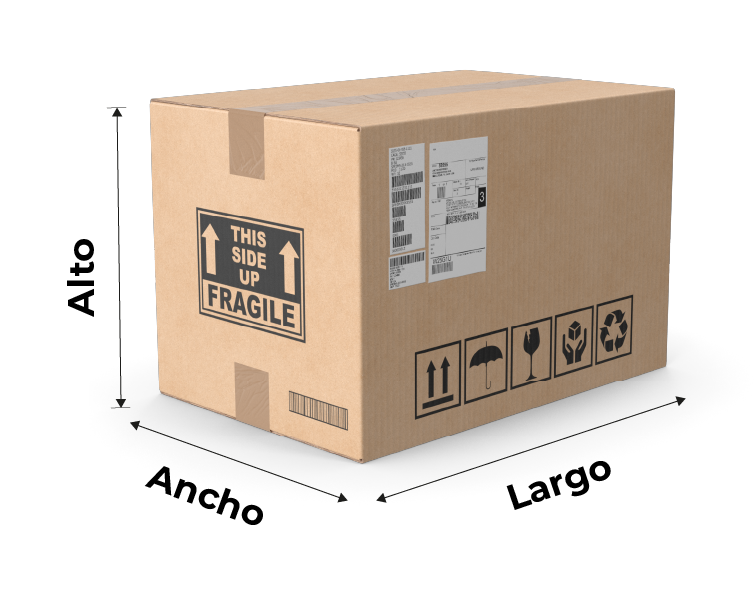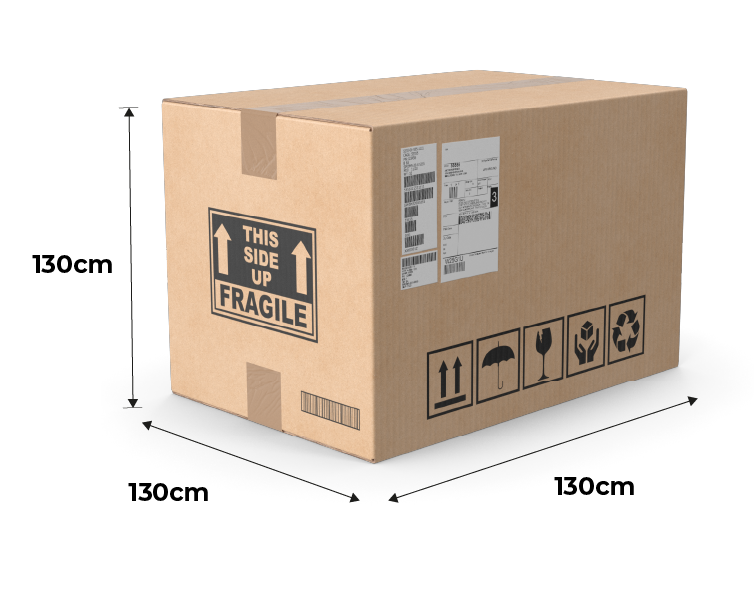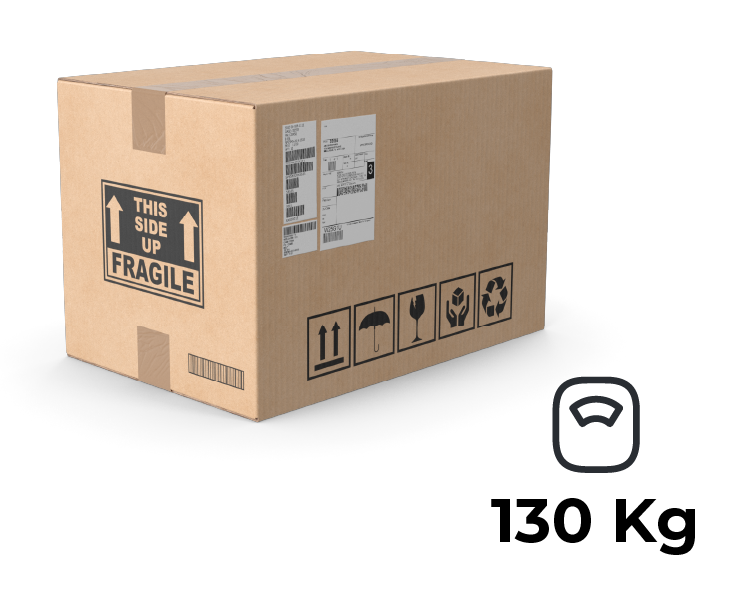Shipments / Packaging
Measurements and weight
Table of contents
To make a shipment, it's important to accurately calculate the weight and dimensions of your package. This way, you can anticipate costs and avoid surprises. Below, we explain in simple terms how costs are calculated based on both actual and dimensional weight.
Types of weight
Actual weight

This is the weight of your package on the scale.
- Example
If you place a box on the scale and it weighs 2 kg, that is the actual weight of your package.
Volumetric weight
Dimensional weight represents the space the package occupies. It is calculated using a formula based on the package's dimensions:
- Formula:
Length (cm) × Width (cm) × Height (cm) ÷ (dimensional weight factor of the shipping service).
- Example
40 cm x 40 cm x 16 cm ÷ 5000 = 5.12 kg
Note. Each shipping service has a different dimensional factor. Make sure to know the applicable factor before shipping. Find out your shipping service's factor.

The shipping service will compare the actual weight and the dimensional weight, charging the higher of the two.
Check weight and size limits
It is essential that both the actual and dimensional weights of your package do not exceed the limits set by the shipping service. Otherwise, you could face additional charges.
The maximum measurements and weight vary by shipping service, but here is a standard:

Maximum measurements:
130 cm x 130 cm x 130 cm

Maximum weight:
130 kg
Tips to avoid overweight charges
- Choose the right packaging: Use boxes that fit the product size to reduce dimensional weight. Read more.
- Check shipping service limits: Make sure to know the maximum weight and dimensions before shipping. Read more.
- Calculate both weights: Always measure and calculate both the actual and dimensional weight to anticipate which will affect the cost.
Did you find this resource useful?